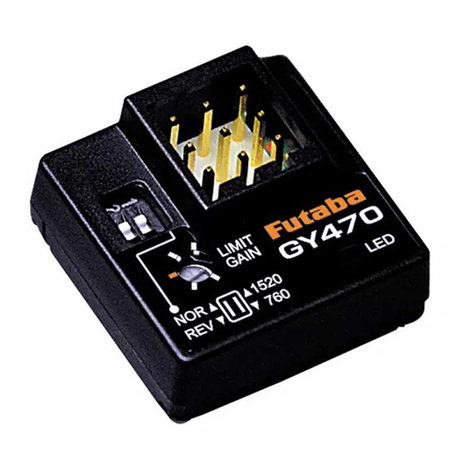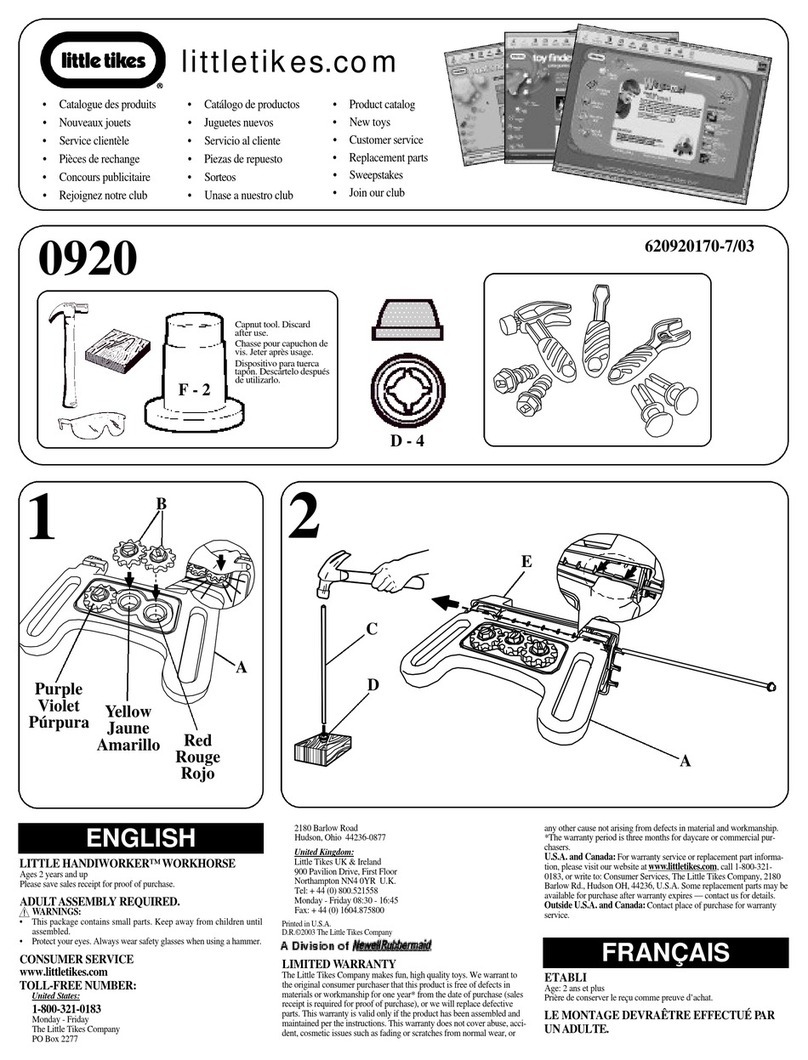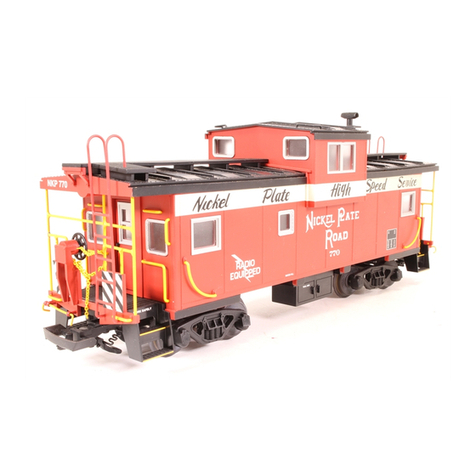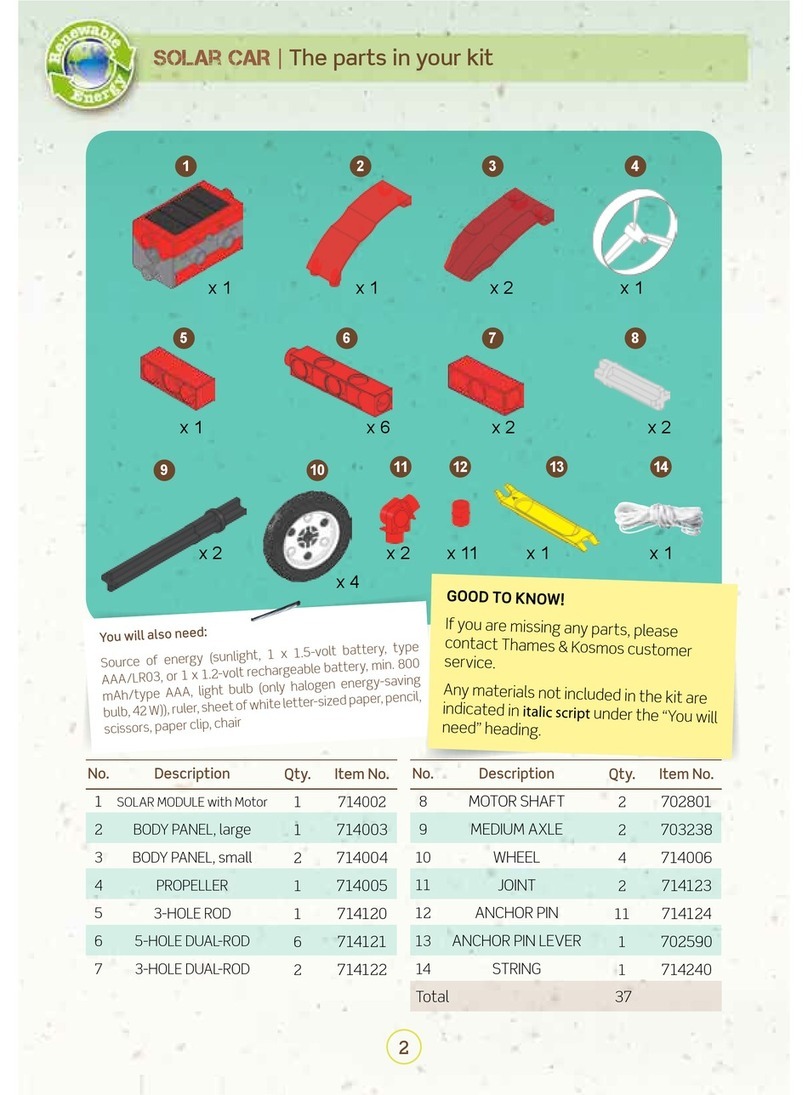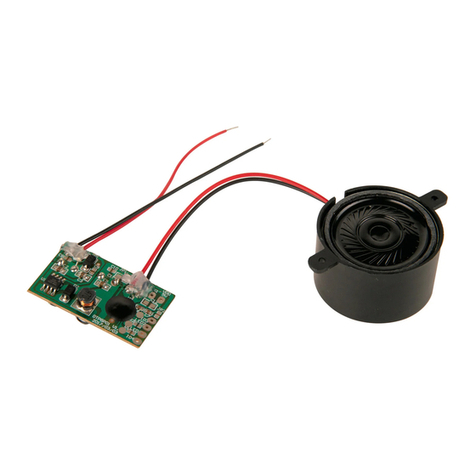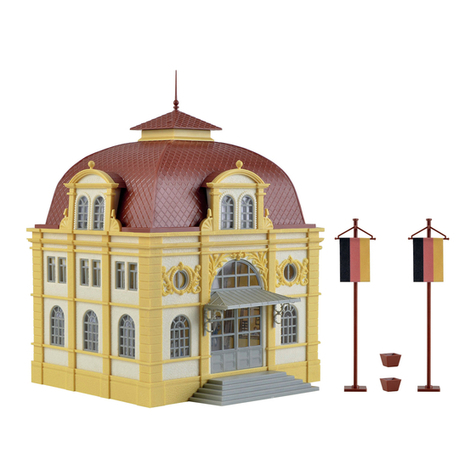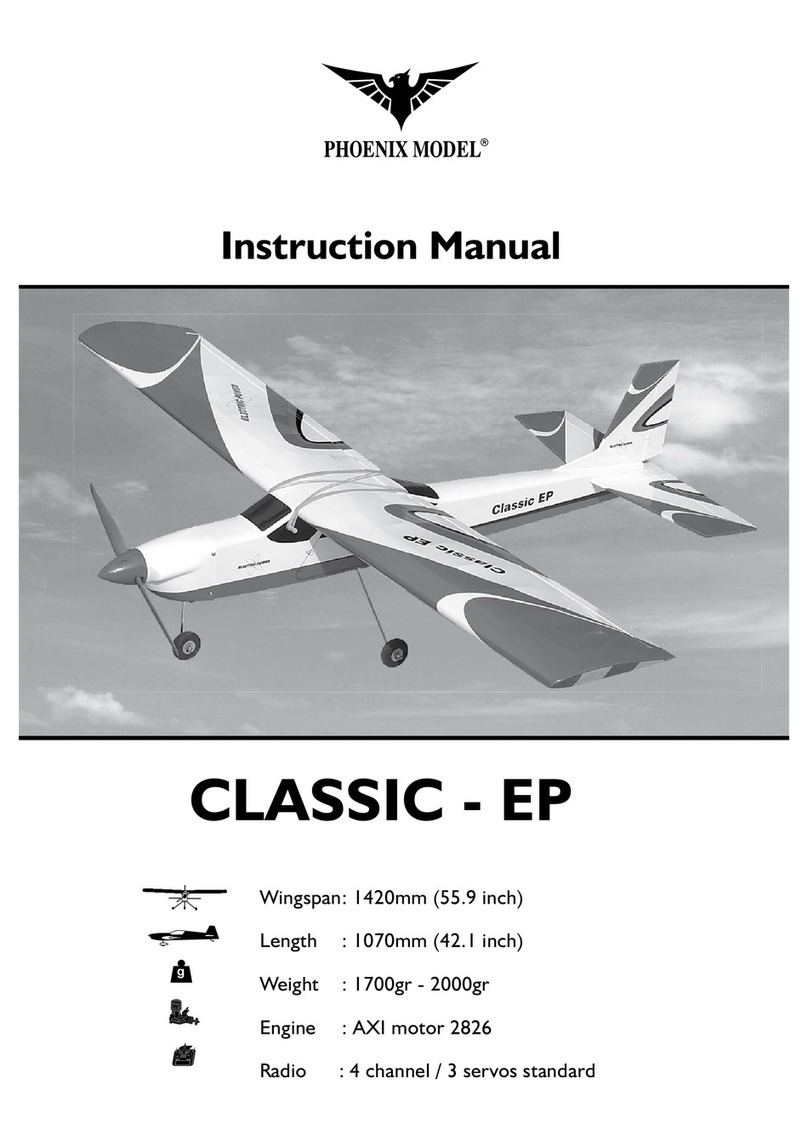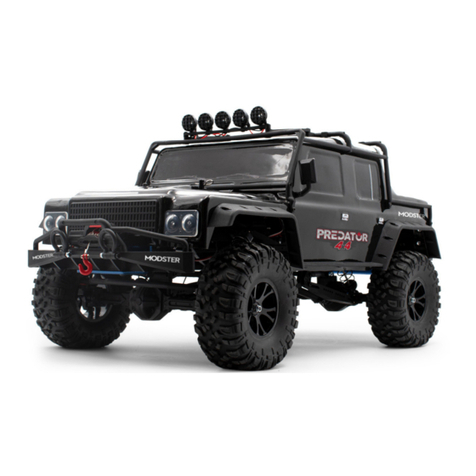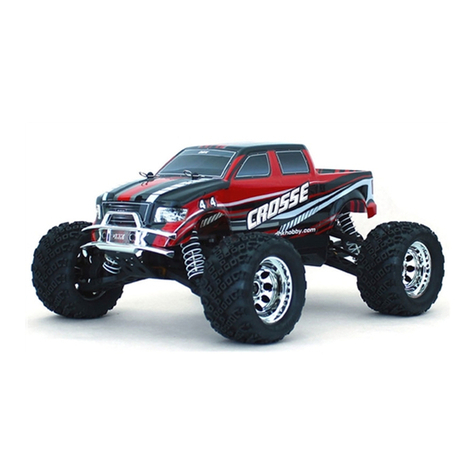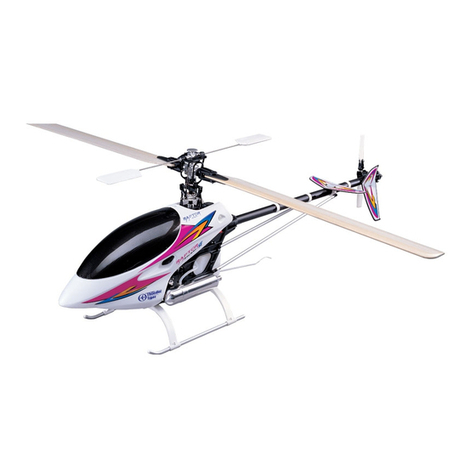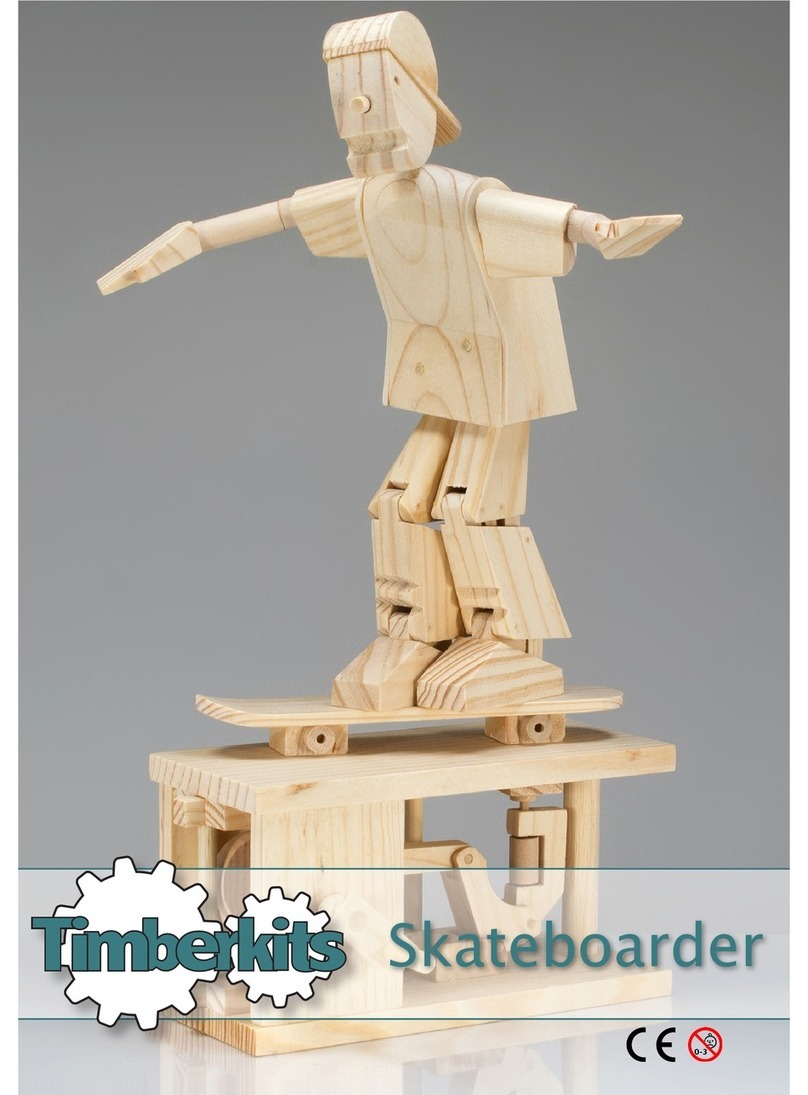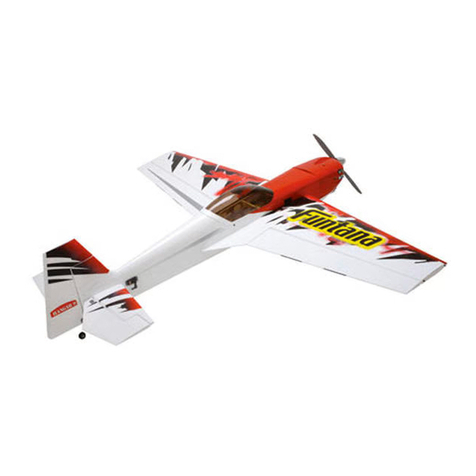
5
Using the Solar Panel | solar power
ACTIVATING THE REVERSIBLE MOTOR
You can experiment to activate the reversible motor as the pictures
show.
1. Mount the adjustable solar panel on the battery holder.
2. Connect the battery holder and reversible motor with the
wire connectors. Make sure you pay attention to the plus (+)
and minus (-) symbols on the battery holder, the solar panel,
and the motor when you attach the wire connectors. The
red wire is the positive wire and the black is the negative.
3. Insert the motor axle into the reversible motor and mount a small
sprocket on the axle.
4. Take your model into bright sunlight and orient the adjustable
solar panel toward the sun to drive the reversible motor. You can
clearly see the sprocket turning on the motor axle.
A diode allows electric current to flow in only
one direction. The electronic symbol for the
diode (the arrow) indicates the direction in
which the electric current can flow. Generally
speaking, only if the electric current is forward
current with a voltage of 0.7 V, will it be able
to pass through the diode. However, when the
electric current flows in the opposite direction
(as in the case when the positive and nega-
tive poles of the solar panel or the wire con-
nectors are reversed), it will be blocked, which
is shown by
the electronic
symbol. When sunlight
shines on the solar panels, electric
current is produced and flows to the positive
pole of the rechargeable battery, and slowly
charges the battery. As the sunlight disap-
pears, although the voltage the solar panel
decreases, the diode prevents the stored
electric current from flowing backward and
draining out again.
TIPS FOR DESIGNING YOUR OWN SOLAR MODELS
1. Become familiar with the example models shown in this manual.
2. Brainstorm ideas for the mechanism you want to build and write
them down.
3. Coordinate the power source and the mechanism on paper.
4. Determine the size of the mechanism.
5. Make every connection as accurately and securely as possible.
Reduce the friction of connections as much as possible.
6. Experiment on the mechanism and make modifications to get
proper movement. Then attach the motor.
7. Complete the project by reviewing the things you learned.
OPERATING THE BATTERY CHARGER
WITH THE SOLAR PANEL
There is a diode
inside the red
battery charger.
electronic symbol:For example:
TIPS!
When the sunlight is not strong enough,
you can remove the adjustable solar
panel from the battery holder and
insert a AA battery (sold separately)
to run the model. It is possible to add
more battery holders with adjustable
solar panels (from another kit) or AA
batteries (sold separately) connected
in series to increase the power. Solar
panel and battery can work together.
D
SOLAR
PANEL AA 1.2 V
R6-size AA
Rechargeable Battery
555006 Booklet Final 2014 A4.indd 5 3/25/14 11:01 AM
